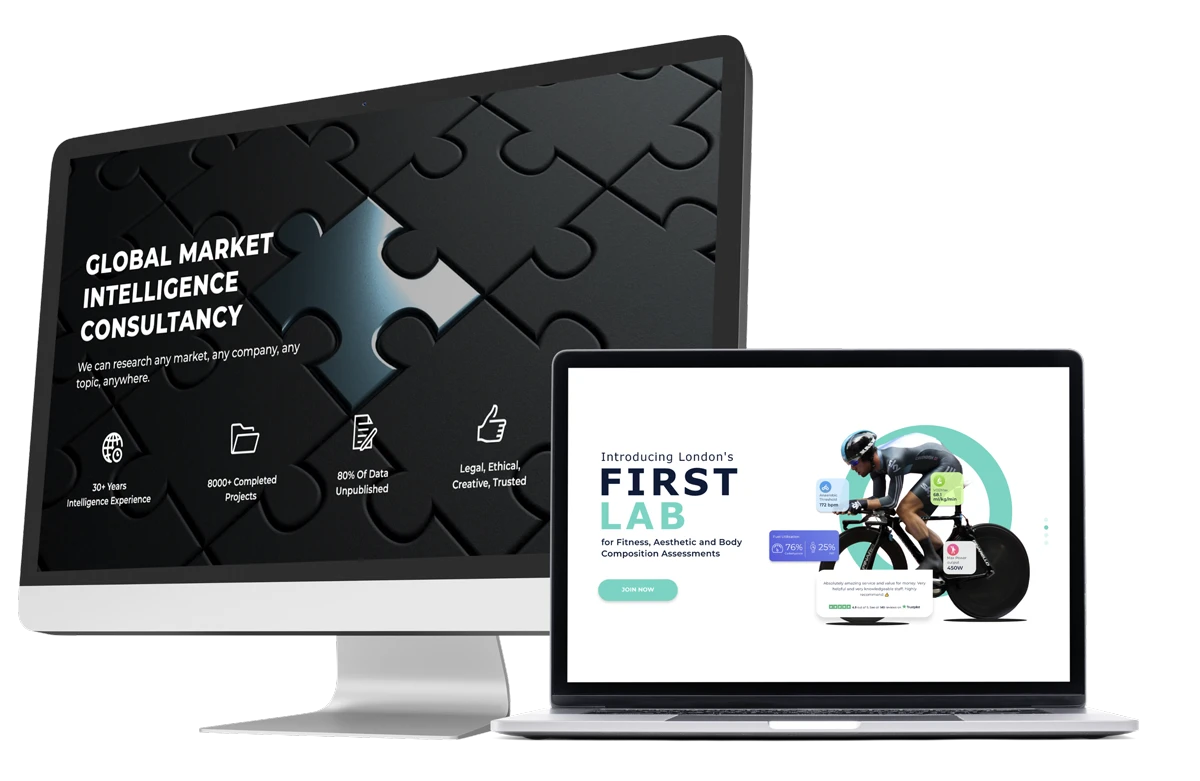You’ve launched a new marketing campaign, a rebrand or a new business. But how can you tell what activity is driving business, and what is just blowing your budget? Analytics help you understand your user behaviours, and helps you track what marketing activity is engaging your audience, and directly leading to revenue.
What is Marketing Analytics?
Marketing analytics is the data and insight into the activity you have launched to drive more business and revenue. Every good business will have software or reports that display this data in a clear and understandable way, allowing decision-makers and marketing professionals to understand how the business is performing in relation to marketing activity.
What form do Marketing Analytics take?
Most modern marketers will understand marketing analytics as numbers on a spreadsheet, lines on a graph or an annotated report.
Common ways marketers collect and interpret data are through systems such as:
Website Analytics
Web analytics reveal the amount of people visiting your business’ website and web pages, and can measure specific actions they take on that site. For marketers, it’s important to understand the source of web traffic, and so website analytics often display this, helping to determine whether users came from organic searches, social media content, paid ads or even 3rd party backlinks.
For the most accurate marketing analytics, website analytics should track key actions on a website as well, such as online sales, form submission or file downloads. If your web analytics display the full user journey, then marketers can track which channels ultimately led to the most business and revenue.
Example Website Analytics Tools
- Google Analytics
- Bing Webmaster Tools
- Jetpack Stats
- Shopify Analytics
Social Media Analytics
Most social media channels now have their own dedicated back-end for business pages and channels, whether that is Meta Business Suite, TikTok Studio or LinkedIn Analytics. Here you can monitor your follower count, views and engagement on organic posts.
Social media engagement and reach are important metrics to measure, as it illustrates your current brand awareness and impact.
Keep in mind that your content analytics will be different to your social media advertising analytics; these have different goals in mind after all.
But any good marketer should be regularly checking and recording their social media analytics, to determine what content is resonating with their target audience the most, and to track any growth over time.
Example Social Media Analytics Tools
- Meta Business Suite
- TikTok Studio
- LinkedIn Analytics
- YouTube Studio
- X Analytics
Pay-Per-Click (PPC) Advertising Analytics
PPC data is always important to monitor regularly, to ensure any money and budget being spent is being used wisely. Every PPC platform has its own analytics system, whether its Meta Ads, Microsoft Ads, Google Ads or a programmatic advertising system such as Ad Roll.
The data you track will completely depend on your business goals. Some marketers will measure the cost-per-click (CPC) on their analytics, to check if they are driving cost-effective web traffic. Others may want to check their cost-per-conversion, and see how much budget is needed to get a hot lead. A popular analytic will always be Return-On-Ad-Spend (ROAS), to directly see how much revenue your ads are generating compared to the budget being spent.
You will also be able to determine which ads are performing the best, measuring the copy, images, videos or landing pages connected to your ads, which can help you further optimise your ad campaigns.
Example PPC Analytics Tools
- Google Ads
- Microsoft Ads
- Adroll
- Meta Ads Manager
Mobile App Analytics
For businesses with a mobile app on the Google Play ,Apple or Android store, you can find analytics determining the downloads, revenue and how users found your app through their own analytics dashboards. For iOS this will be App Analytics, which will show details of user demographics and their behaviours, as well as the apps performance and monetisation. For apps on Android, marketers will use the Google Play Console, which features dashboards that dive into your app’s performance and conversions.
CRM Analytics
For professionals using a CRM to track their entire customer journey, these usually have their own analytic features, bringing together data from multiple channels in one dashboard. Custom CRMs even have the ability to track users journey through the sales funnel, so that marketers can determine what activity and channels is bringing in hot leads, what is bringing in junk and which channels ultimately lead to the most Sales.
CRMs are powerful tools in a marketing team’s analytics arsenal, and a good CRM should be user-friendly and easily let you create reports to find out which marketing activity is working best.
Example CRM Analytics Tools
- Hubspot
- Salesforce
- Zoho CRM
- Adobe Analytics
Email Marketing Analytics
There are countless email marketing tools, such as MailChimp, DotDigital and even built-in tools in your CRM or CMS. But email marketing analytics are vital to understand, as they can influence how you create your emails, and ensure more users open them, and take a key action once inside.
Good email marketing analytic tools will show your email open rate, click-through rate and even a visual heatmap of what parts of the email users clicked.
It’s important to A/B test marketing emails, and use your analytics to determine what subject lines are more likely to get users to open your emails, and what content is more likely to get them to click.
Example Email Marketing Analytics Tools
- Mailchimp
- Dotdigital
- Klaviyo
- Campaign Monitor
Survey Analytics
Sometimes the old-school methods are the best. Survey software, or even in-person surveys, are one of the best ways to determine which of your marketing efforts are the most successful. And it can all be done with one simple question: “Where did you hear about us?”
By using this question, and including dropdown or clickbox answers that cover every part of your marketing, you’ll be able to accurately determine what marketing is working for you, physical and digital.
The more data you have, the more accurate a picture you will get, so find a way to incorporate this survey question to as many users as possible. It could be in a follow-up email after a purchase, a tablet with a digital survey in your physical business location or even a 3rd party market research agency.
Despite living in a digital world, not all your business will be done online. Survey analytics help you get the full picture of what marketing activity is really driving revenue.
Example Survey Analytics Tools
- SurveyMonkey
- Google Forms
- SnapSurvey
Which analytics measure marketing success?
Once you have access to reliable data for your marketing channels, it’s important to understand which figures directly describe your marketing success.
For marketers, the analytics to look out for include:
- Reach: the amount of people who saw your adverts or marketing efforts
- Impressions: the amount of times your advert or content was shown on a particular platform
- Clicks: how many people clicked on an advert or post
- Conversions: how many key actions were taken because of your webpage, advert or activity e.g. filling in a form, calling a phone number, making a sale
- Return on Ad Spend (ROAS): the revenue of sales generated by an advert, divided by the cost of an advert.
- First Click Attribution: the first click or action a user took related to your business, before making a key action such as a conversion or sale, usually at the top of a sales funnel.
- Last Click Attribution: the last click or action a user took related to your business before making a key action, usually at the bottom of a sales funnel.
- Source: how or where a user found your business, either physically or online
- Cost-per-click (CPC): how much it cost to generate 1 click to your website from a paid ad.
Keep in mind that the above is just a small selection of the potential analytics that can measure your success. Each business and marketing campaign will have different measures of success, such as impressions for brand awareness campaigns and conversions for sales campaigns.
Before any campaign, determine what Key Performance Indicators (KPIs) you will use to measure your success, ensure you have the right platform or data collection to measure it, and use any outcomes to determine what marketing activity worked, and how you might improve next time.
What analytics do marketing agencies use?
Marketing agencies will work with their clients to determine the most appropriate marketing analytics to measure their ongoing success and marketing activity.
A good agency will be transparent and clearly explain the definition of your data, what it means and how it can be improved. They may even suggest other data you have yet to use, and even find ways of unlocking your data capture capabilities and provide further insights into your business success.
If you’re interested in using a marketing agency to help set up your next marketing campaign and report with easy-to-understand marketing analytics, then contact Atomic Digital Marketing with your enquiry.









